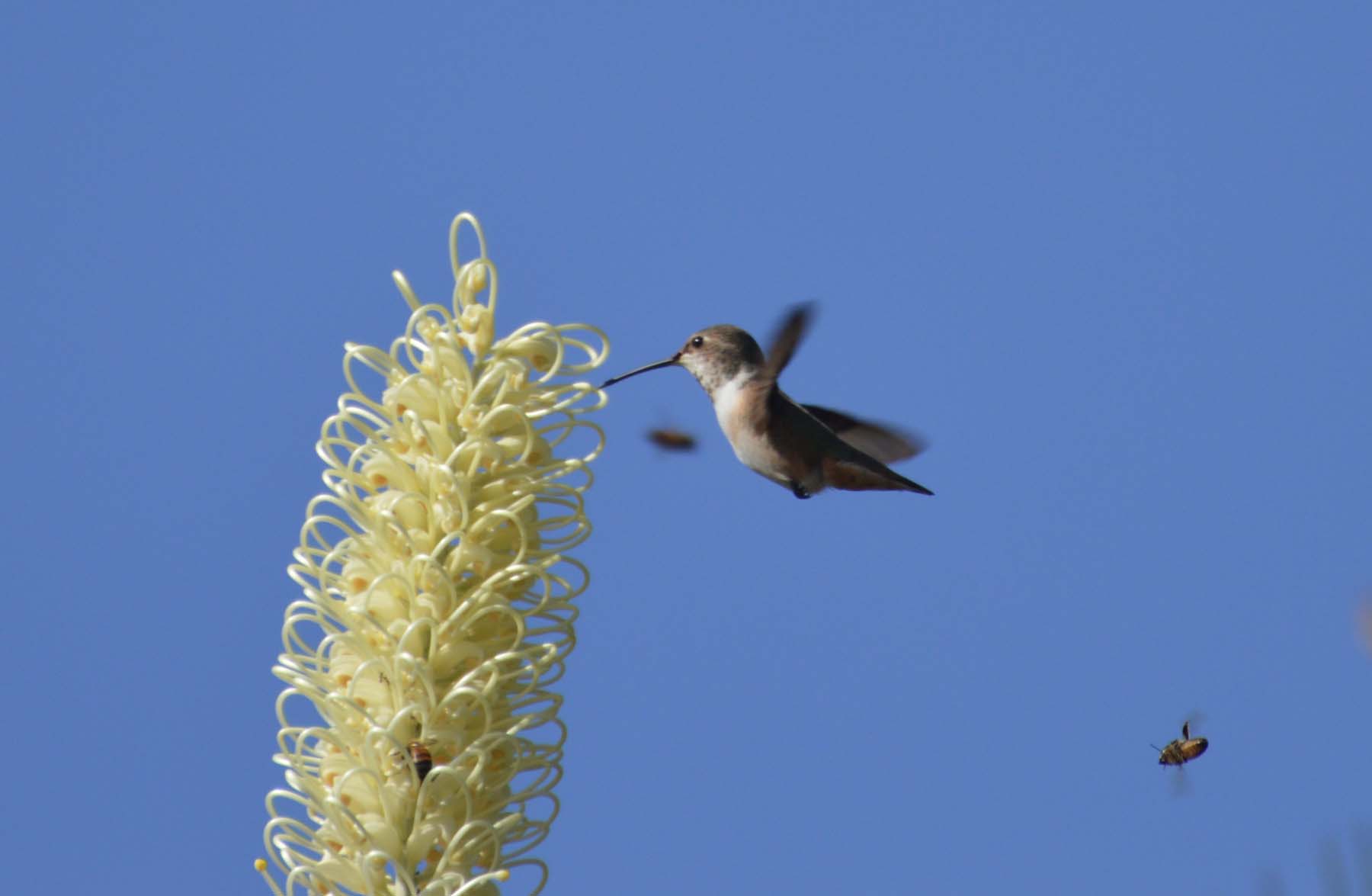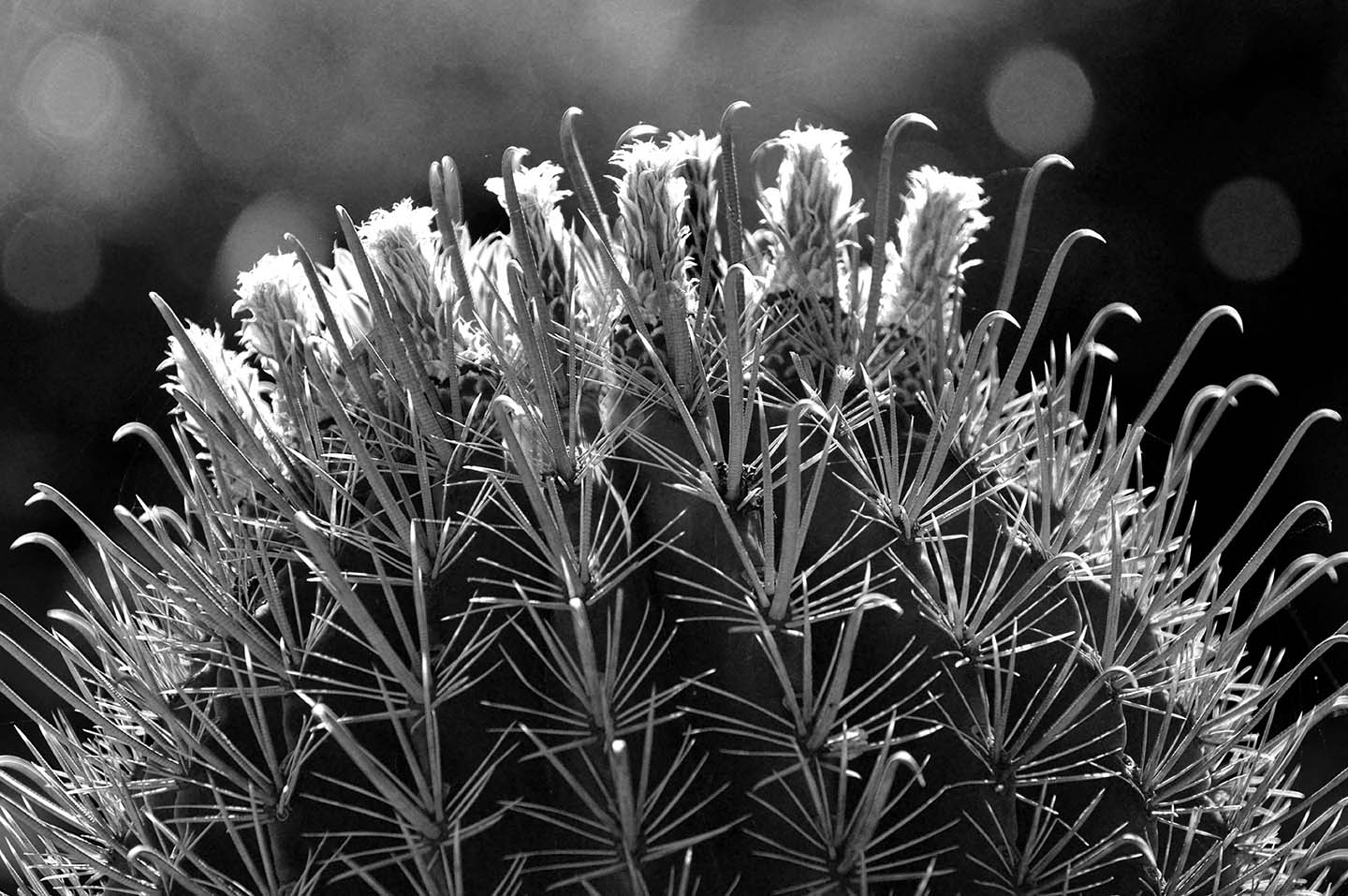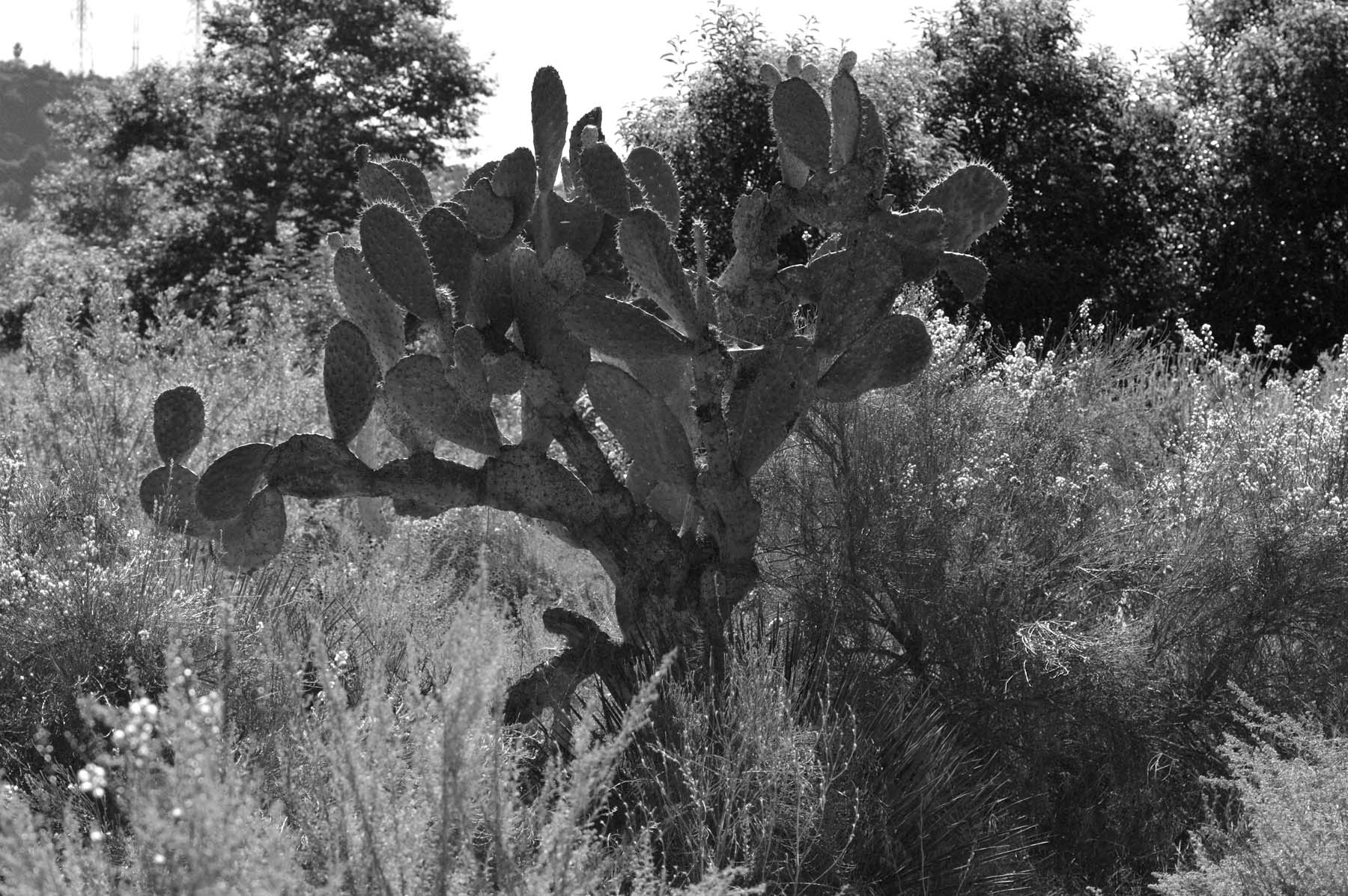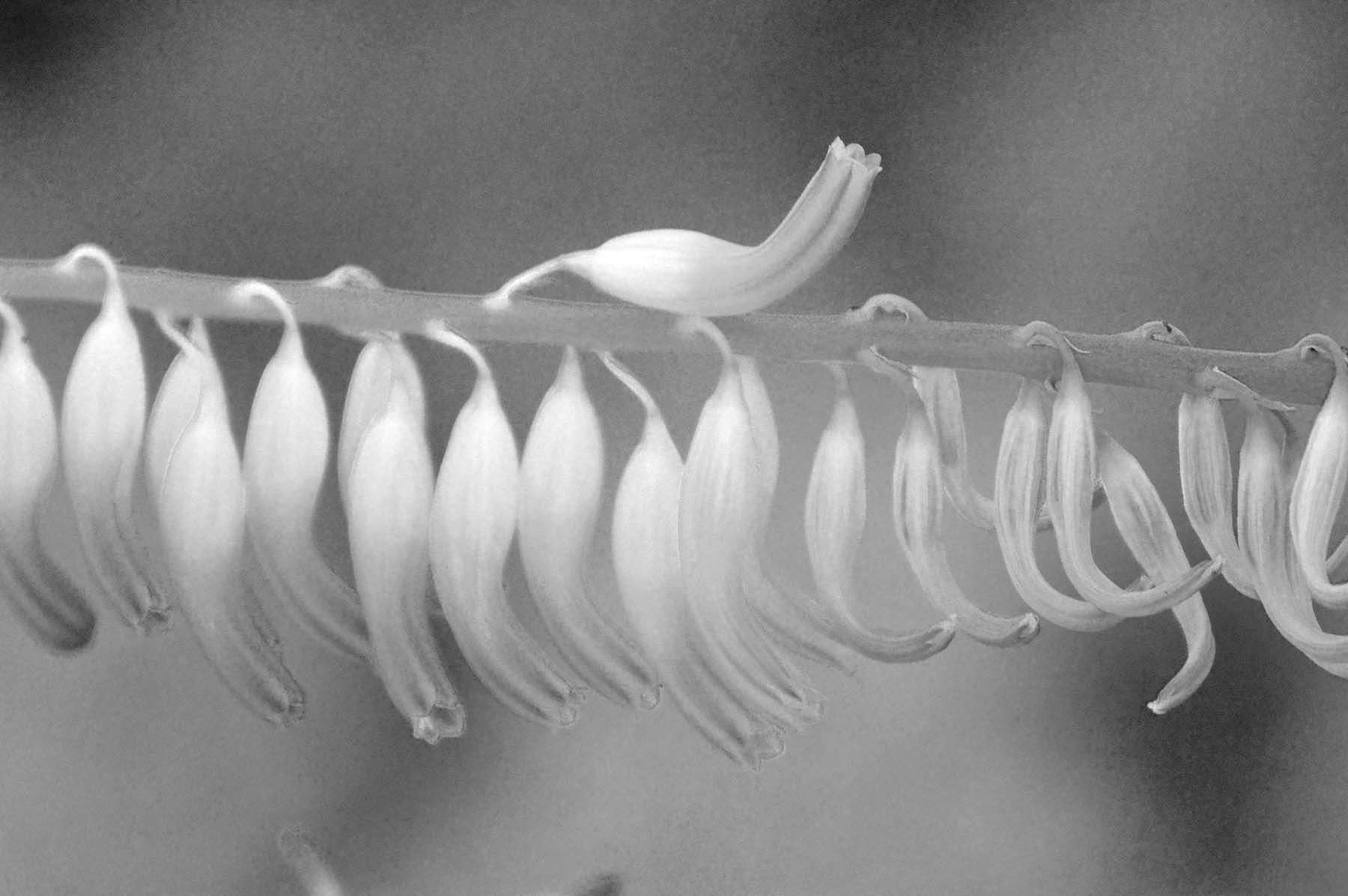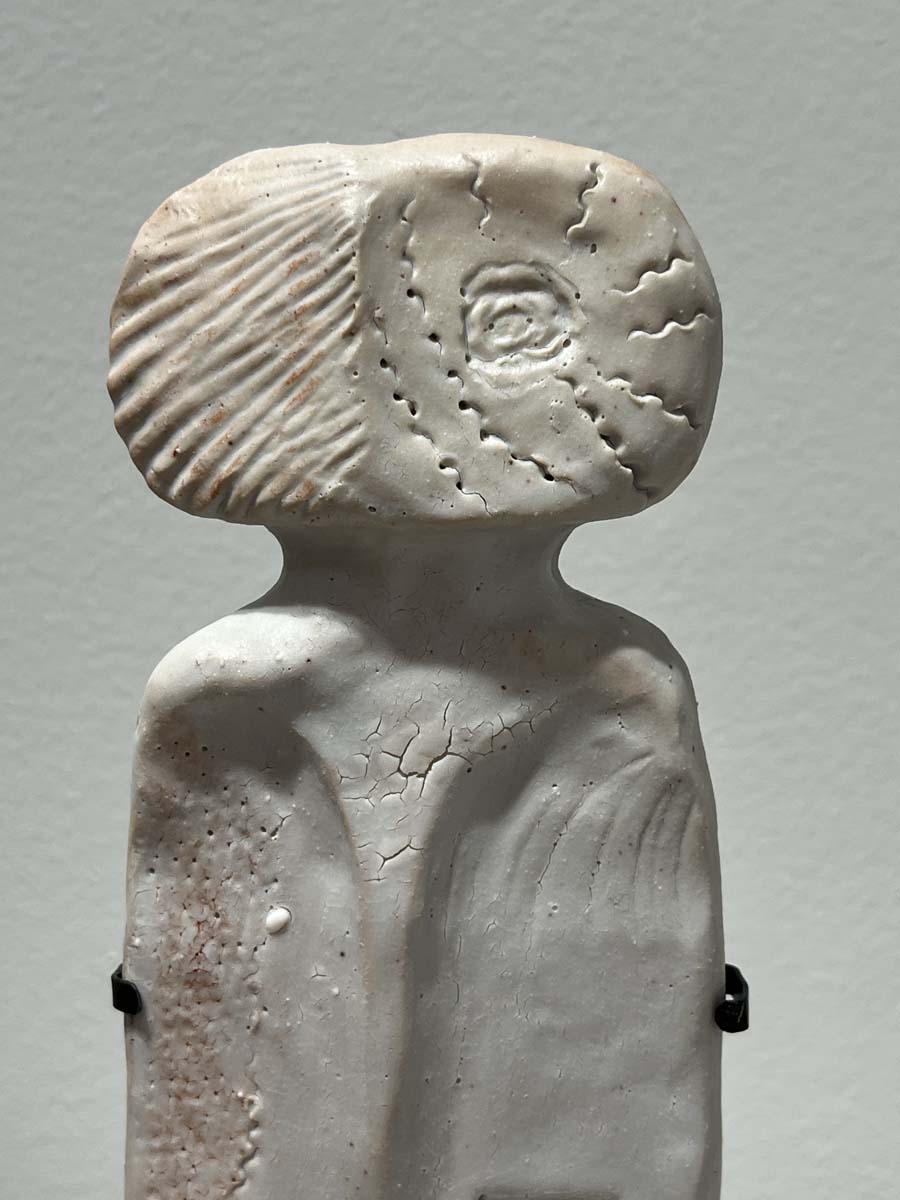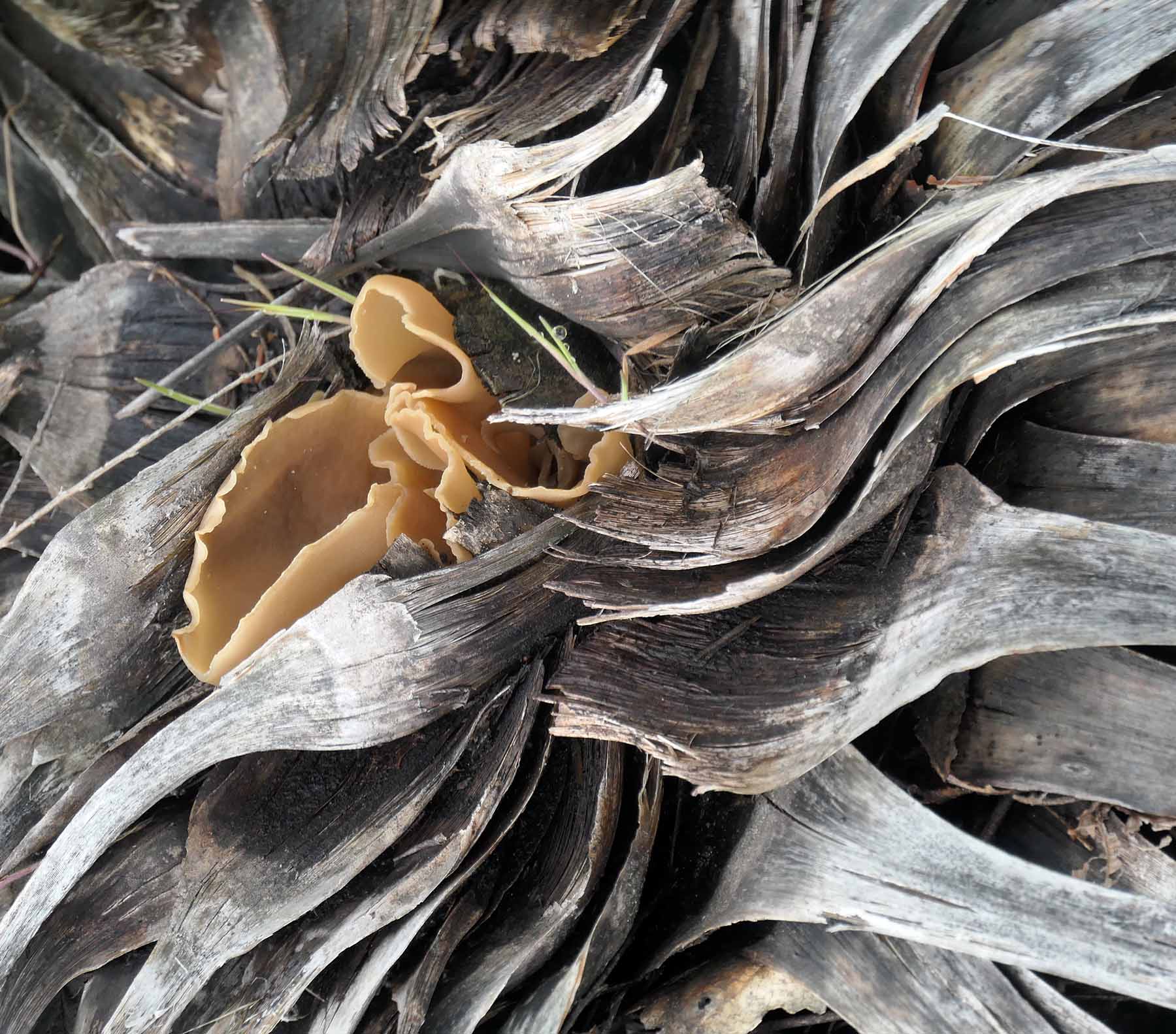I meant to brighten your Thanksgiving weekend with imagery of beautiful nature, all kinds of appealing fauna I came across during my southern California sojourn. Alas, I can’t stop my brain and keep my mouth shut. Nature, its lasting beauty and seeming resilience, as well as its wrath, was linked to destruction in my war-preoccupied mind. Thus a poem and a short story derived from the poem, that depict post-apocalyptic nature with us humans no longer playing any relevant role, really any role at all. The way we’re going, that might not be too far in the future.
If you prefer the tranquility of a post-prandial daze, stop reading here and just look at the pictures! No offense taken. My gratitude on this day of Thanksgiving, however, extends to all those refusing to be indifferent.



“There Will Come Soft Rains”
(War Time)
There will come soft rains and the smell of the ground,
And swallows circling with their shimmering sound;
And frogs in the pools singing at night,
And wild plum-trees in tremulous white;
Robins will wear their feathery fire
Whistling their whims on a low fence-wire;
And not one will know of the war, not one
Will care at last when it is done.
Not one would mind, neither bird nor tree
If mankind perished utterly;
And Spring herself, when she woke at dawn,
Would scarcely know that we were gone.
by Sara Teasdale in Flame and Shadows, 1920
Teasdale (1884 – 1933) was an American poet who won the first Columbia Poetry Prize in 1918, a prize that would later be renamed the Pulitzer Prize for Poetry, yet she was marginalized as a second-rate poet by next generations. Depressed, ill and isolated, she took her own life before she even turned 50 years old. The poet was highly educated and deeply influenced by reading Charles Darwin and thinking through the implications of his evolutionary theory regarding the centrality – or absence thereof – of human kind in nature. A personified Spring and the rest of nature’s representatives in the poem couldn’t care less if we self-obliterated.



She was also a pacifist, whose views had to be carefully phrased into the framework of a pastoral setting in her poetry. After all, this poem was first published in 1918, two months after the Sedition Act of 1918 was enacted. The law made it a criminal offense to “willfully utter, print, write, or publish any disloyal, profane, scurrilous, or abusive language about the form of the Government of the United States.” It still theoretically exposed her to criminal prosecution – and if she had the courage to speak out against war, we should have the decency to bear witness.




Fast forward to the 1950s, we have Ray Bradbury (1920-2012) expressing his fears of nuclear war in a short story, August 2026: There Will Come Soft Rains’, published in his Martian Chronicles. The setting is a house filled with technological gadgets that continue their daily routines and tasks, when the world and all its inhabitants have been wiped out by nuclear war. The house in Allentown, CA, and a badly maimed dog, are all that remains. There is cooking, cleaning, laying the table and reading a daily randomly selected poem to the extinct inhabitants – Teasdale’s poem, as you might have guessed. Random debris is pushed down the incinerator, called evil Baal, a reference to the praying at the altar of false gods, our belief in the gifts of technology that prove futile when they are made obsolete by even more powerful technological inventions like the atomic bomb.
Ironically, nature has the last word: a violent wind lights a fire in the house which burns it down, the last vestige of human habitation. Only a ticking clock survives.


The worry about nuclear arms has resonated across the media during the weeks since the war started. Really years, since it is a topic for both the ongoing war in Ukraine and the bombardment of Gaza by Israel. Focussing on the latter, I found that a recent essay by Roger Cohen in the NYT is required reading, spelling out some of the causal mechanisms that have led to the chasm now impeding any hope for peace.
“Almost forgotten are the Palestine Liberation Organization’s recognition in 1993 of Israel’s right to exist in peace, and Prime Minister Yitzhak Rabin’s determination to pursue that peace, a decision that cost him his life in 1995 at the hands of an extreme right-wing Israeli assassin who said he acted “on the orders of God.”
These were the ephemeral glimmerings of shared humanity, soon quashed.
In the intervening decades, Hamas and the ultranationalist religious Israeli right have each extended their influence. The conflict now involves fundamentalist religious ideologies, distinct in critical regards but equally convinced that all the land between the Mediterranean Sea and the Jordan River has been deeded to them by God.
A political and military struggle between two national movements for the same land can be resolved by compromise, at least in theory. France and Germany settled their differences in Alsace-Lorraine. Peace came to Ireland. But absolutist claims of divine right to territory appear impossible to reconcile.” (My emphasis.)

I am citing at length because the religious fervor is something we regularly underestimated and are increasingly facing at home as well. But I also want to mention some other facts: an Israeli minister, Amihai Eliyahu openly stated that dropping a nuclear bomb on Gaza was an option. (He was suspended from Cabinet meetings, and later claimed it was a metaphorical statement. Israel has not confirmed or denied its nuclear capabilities.) Nothing metaphorical about the bombs that have been dropped, though. According to the Euro-Med Human Rights Monitor, as of three weeks ago already, Israel has confirmed that it bombed over 12,000 targets in the Gaza Strip, with a record tally of bombs exceeding 10 kilograms of explosives per individual. That is the equivalent of two nuclear bombs (absent radiation.)
“Due to technological developments affecting the potency of bombs, the explosives dropped on Gaza may be twice as powerful as a nuclear bomb. This means that the destructive power of the explosives dropped on Gaza exceeds that of the bomb dropped on Hiroshima, Euro-Med Monitor said, noting that the area of the Japanese city is 900 square kilometres, while the area of Gaza does not exceed 360 square kilometres.”



1200 human souls lost their lives in Israel, indiscriminately slain by Hamas attackers, with over 200 hostages taken – 36 of them children! – , and women violently raped. As of now, 14.500 human souls indiscriminately killed in Gaza, with over 5000 children ! among them (and that is not counting the lives lost in the Westbank over the last months.) Food, water and fuel cut off, preceding likely epidemics. The report of the World Food Program of the United Nations is shocking with its implications of starvation.

Sick and wounded dying for lack of medical treatment, the former not even making it into death by war statistics. All this without even the ability to flee for a civilian population, given that the borders are closed on all sides, by Israel and Arab nations alike. Flight is, however traumatizing, at least a possibility for Ukrainians – current estimates vary that between 6 and 8 million people left their homeland to escape war, of a total population of 36 million in Ukraine.





No end in sight. Certainly no guarantees that this will make Israel safer. A heightened chance that war will regionally spread. No obvious solutions for a longterm arrangement either, since both the two-state solution or a unified non-ethnocratic state seem to be relegated to fantastic wishful thinking given the conditions on the ground.





And, for that matter, no “gentle rains” either, since we’ve managed so thoroughly to wreck climatic conditions on this planet that there will be violent storms and deluges instead, not yet known to either Teasdale or Bradbury, once human suffering has been terminated for good. Or by evil, as the case may be.
It’s easy to feel depleted and paralyzed. Let’s practice hope, though, starting with being consciously grateful for all the privileges and blessings we enjoy on this particular day. May they strengthen us to face what we have to do in days to come.

Music set to the words of the poem.

